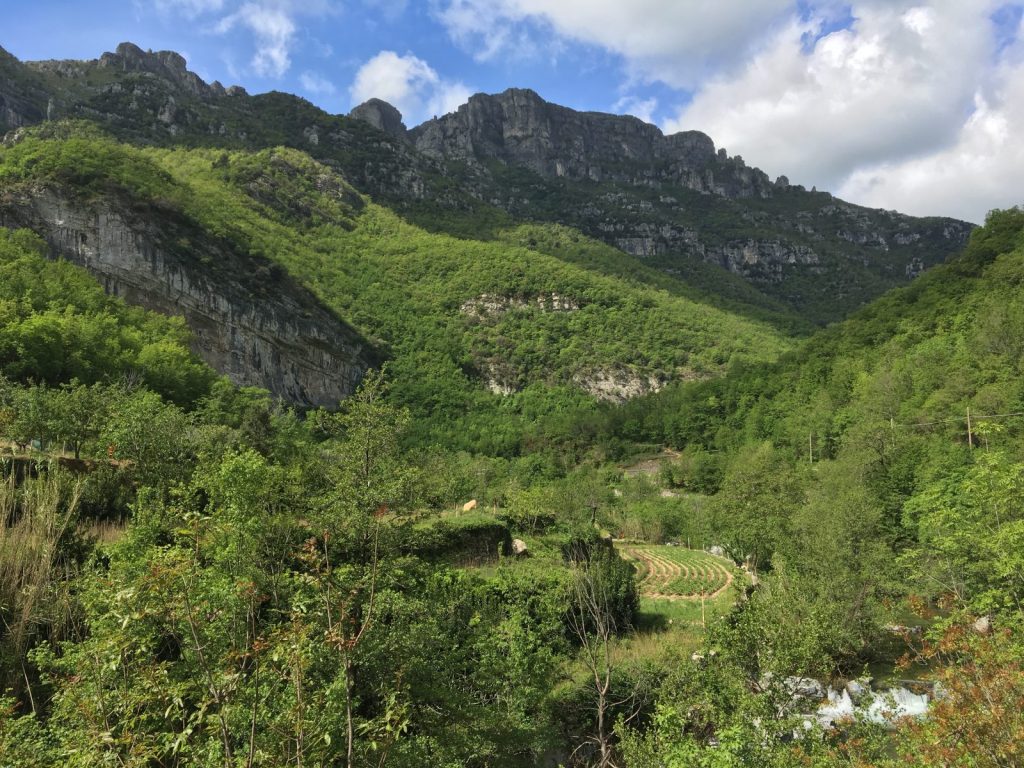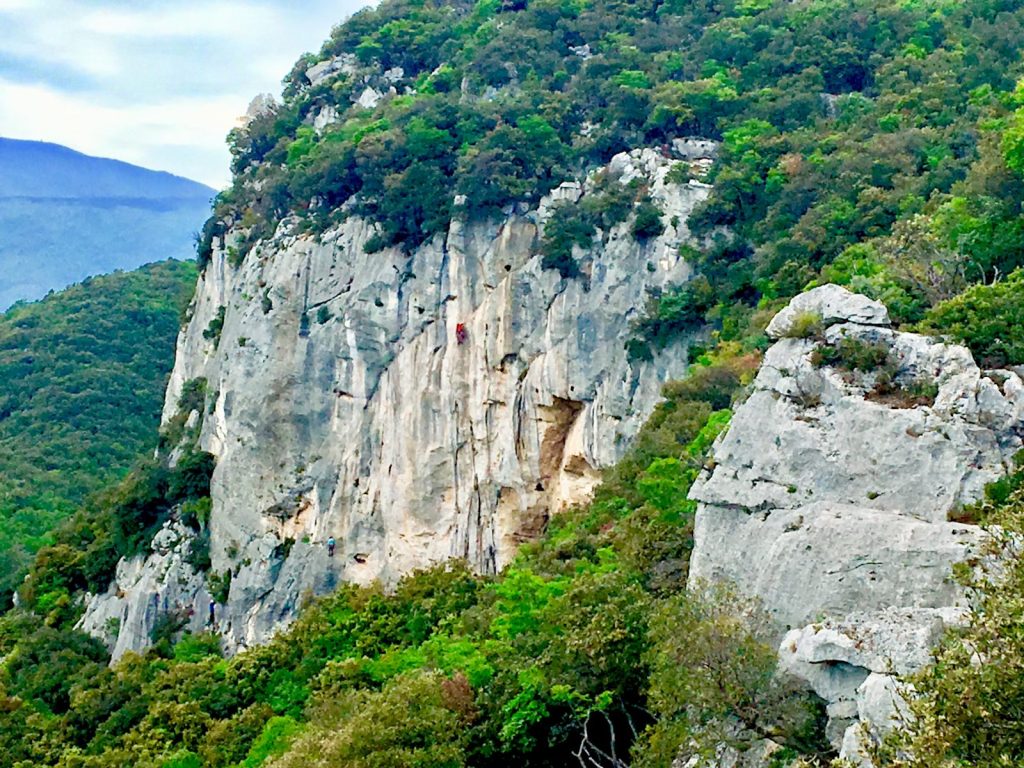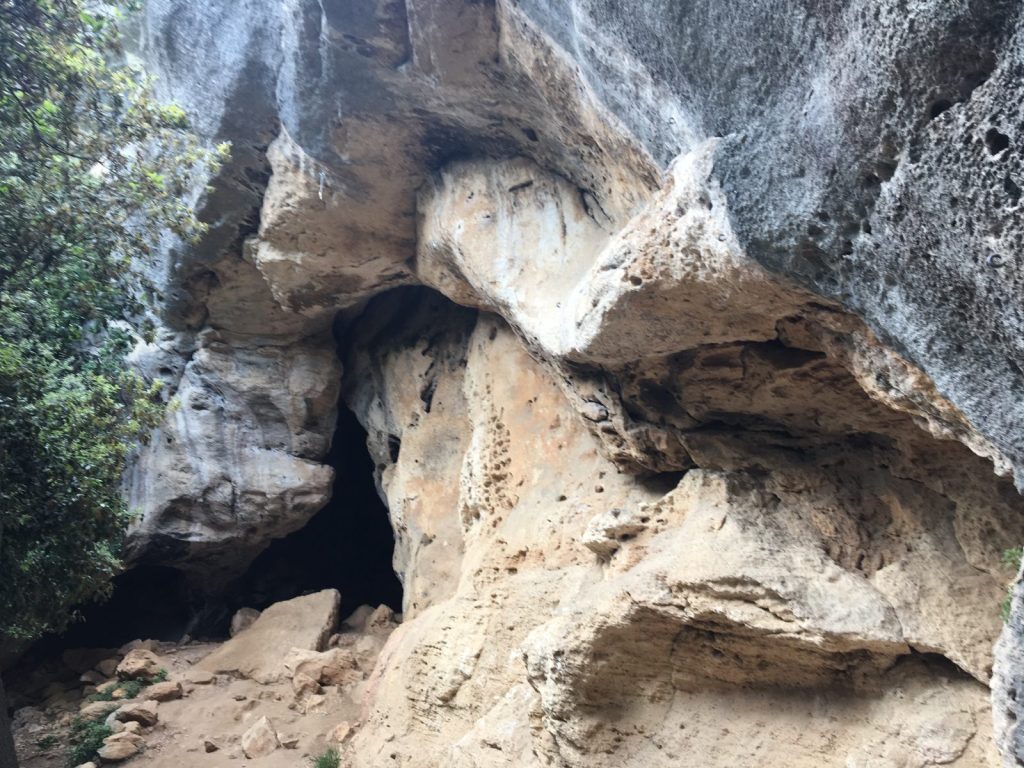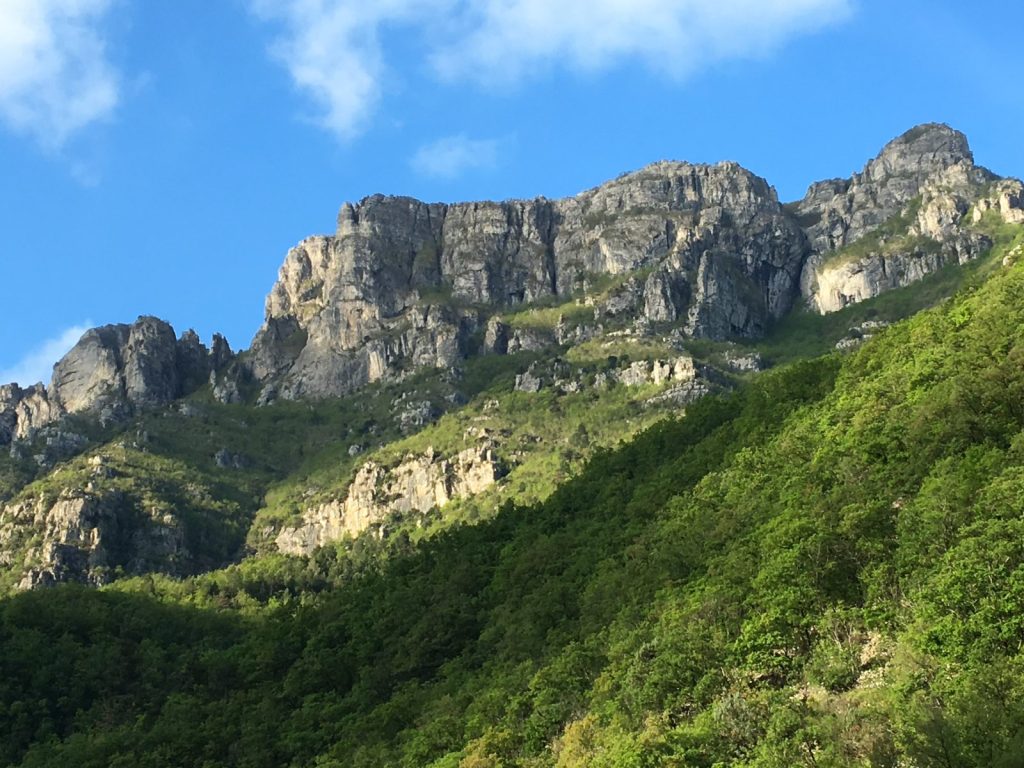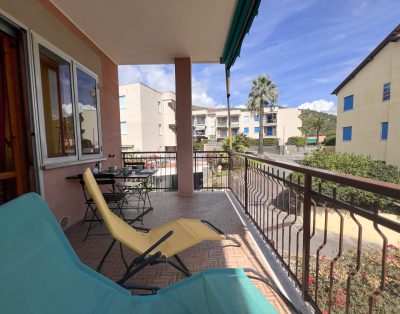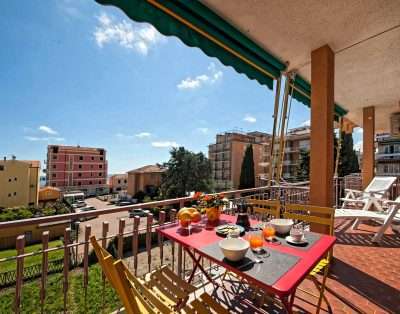Climbing in Liguria
In the Apartment, you can find climbing guides for Finale Ligure, Toirano, and Albenga to consult for free.
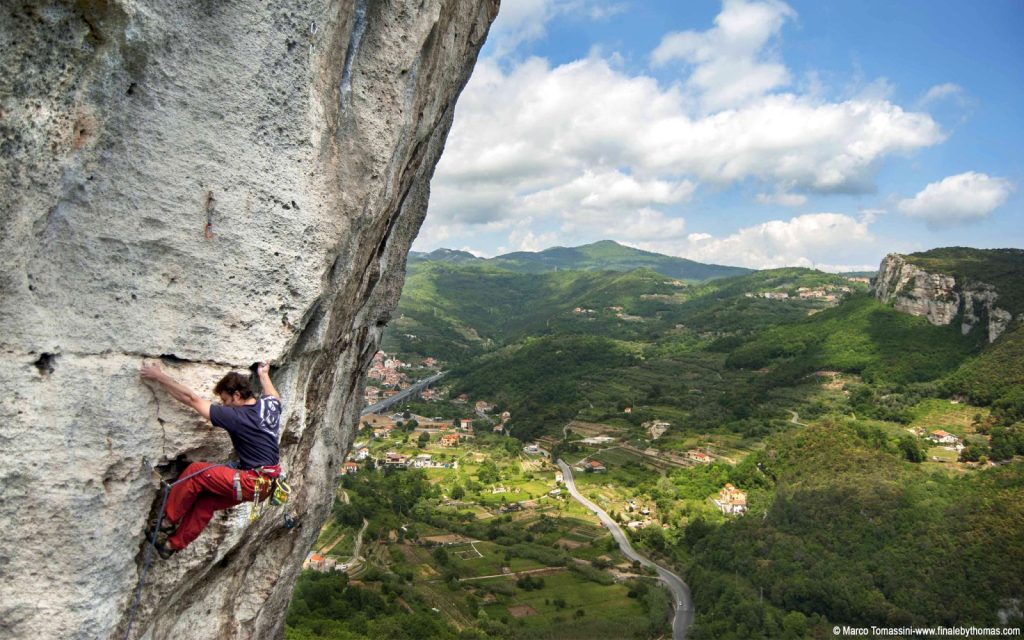
Finale Ligure, Albenga, and Toirano: Cliffs by the Sea and Walls in the Inland
Liguria is one of the most captivating destinations for climbing enthusiasts, thanks to its incredible variety of cliffs, ranging from spectacular walls overlooking the sea to imposing rock formations in the inland areas. With a mild climate that allows climbing almost all year round, this region offers routes suitable for all levels, from beginners to expert climbers.
The most famous areas include Finale Ligure, considered one of Europe’s climbing meccas, with over 3,000 routes spread across limestone rocks and scenic caves. Varazze, Muzzerone, and Camogli offer unique experiences with walls directly overlooking the sea, providing breathtaking views and a truly enchanting atmosphere. In the inland, areas like Val Pennavaire, Monte Cucco, and Rocca dell’Avio offer routes of varying difficulty, immersed in wild nature.
Whether it’s bouldering, sport climbing, or traditional climbing, Liguria is a true vertical paradise where every climb becomes an unforgettable experience amidst rock, wind, and the scent of the sea.
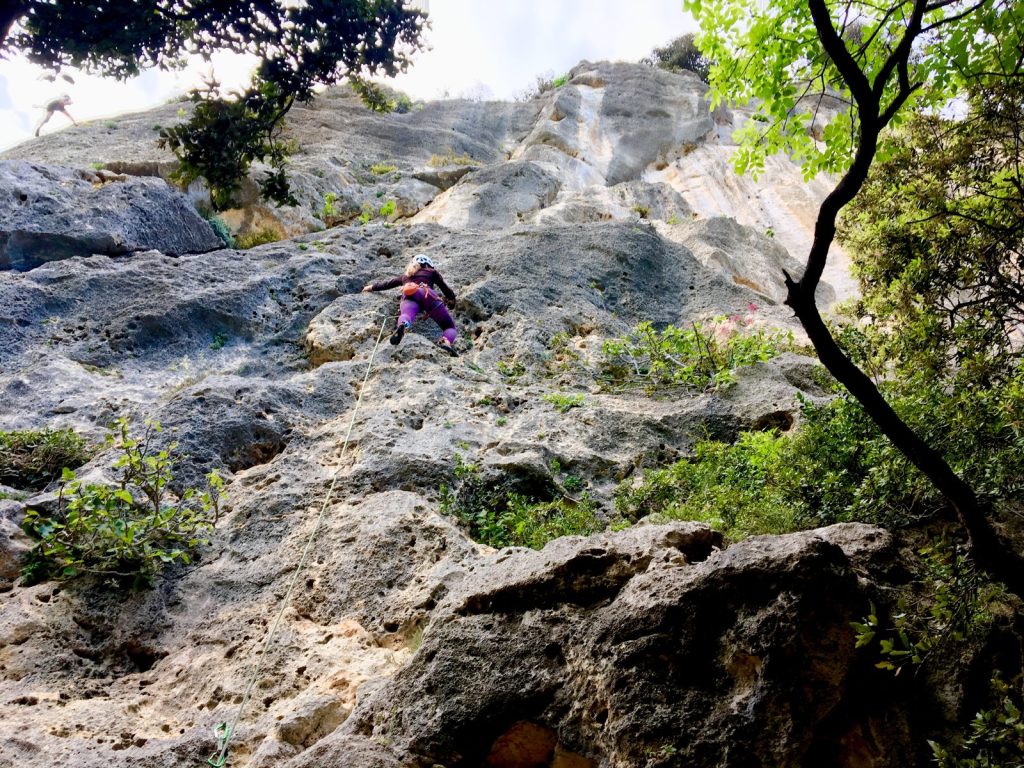
Finale Ligure
Rock and Cliffs: An Incredible Variety
The secret to Finale Ligure’s success lies in the quality of its limestone, offering a great variety of formations, including:
- Technical slabs: Vertical or slightly overhung surfaces, perfect for working on foot precision and balance.
- Overhangs and roofs: For those who love resistance and strength, Finale offers numerous physical routes with generous holds and explosive moves.
- Caves and canyons: Some sectors are developed in stunning natural formations, offering unique and spectacular pitches.
Some of the most famous areas include:
- Monte Cucco: One of the most accessible and frequented sectors, perfect for beginners at Finale.
- Rocca di Corno: Offers medium-difficulty routes on vertical slabs and technical walls.
- Bric Scimarco: With its solid limestone and perfect adhesion, it is one of the most beloved cliffs by expert climbers.
- Rian Cornei: A valley with numerous sectors and a great variety of grades and styles.
- Bric Pianarella: Finale’s large wall, ideal for those seeking long and adventurous multipitch routes.
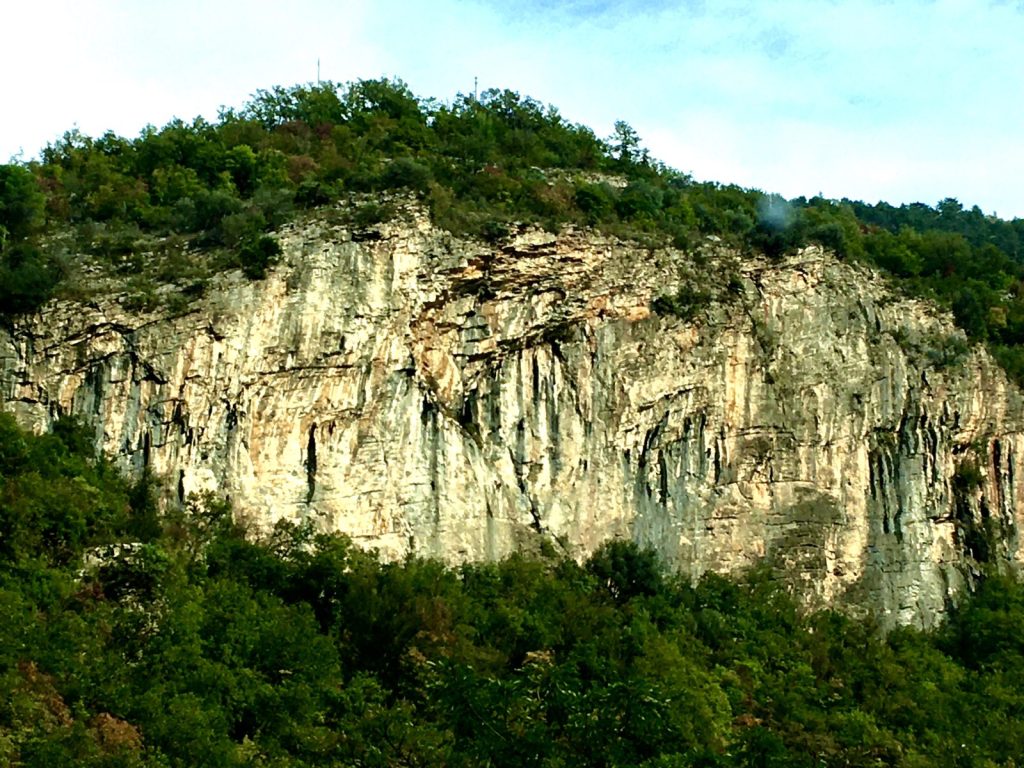
Albenga and Val Pennavaire
The valley hosts over 1,500 climbing routes, spread across numerous sectors, with difficulties ranging from 5a to 8c+, making it perfect for both beginners and experts. Here are some of the most famous cliffs:
- Terminal ????♂️: One of the most iconic sectors for strong climbers. Here you’ll find overhung routes on worked rock, with grades starting from 7a up to 8c.
- Erboristeria ????: Ideal for those seeking technical slab routes, with moderate difficulty pitches (6a-7b) and excellent sun exposure, perfect for winter.
- Castiglione ????️: A historic sector, with routes of all levels and an incredible backdrop. The rock is perfect and the access is easy.
- Cineplex ????: A modern crag with long and overhung routes, highly appreciated by advanced climbers.
- Basura ????: An impressive cave offering extremely physical and difficult routes, perfect for those who love roofs and overhangs.
- Bastionata dei Francesi ????????: Another classic of the valley, with routes for all tastes and spectacular rock.
The main feature of the cliffs in Val Pennavaire is the great variety of climbing styles, from vertical slab adhesion to athletic overhung routes with generous holds.
Toirano
The cliffs of Toirano are spread across different areas and offer a great variety of climbing styles, from technical slabs to more athletic overhung routes. Here are some of the main crags and sectors not to miss:
- Toirano Crag – Sector “La Piana”
A historic sector that helped make Toirano famous in the world of sport climbing. La Piana is a very technical wall, with routes ranging from 5c to 7c, perfect for training on slabs and endurance. The rock here is limestone and provides good adhesion, with delicate passages requiring precision in movements. The crag is well bolted, with many medium-difficulty routes, making it suitable for experienced climbers but also for beginners with some practice.
- “Monte Croce” Crag
This crag is one of the most panoramic in Toirano, with beautiful views over the valley and the sea. The routes vary, but overhung walls and rocky roofs predominate. The sector offers routes from 6a to 8a, with limestone that can be more challenging than in other areas. It’s an ideal spot for intermediate and advanced climbers, but there are also some routes suitable for beginners.
- “Cenere” Crag
Located not far from the center of Toirano, this is one of the most frequented crags in the area. It offers vertical and slightly overhung walls, with routes ranging from 5b to 7b, ideal for those who want to climb in a spectacular natural setting that is easily accessible. The area is particularly appreciated for its natural beauty and the variety of routes.
- “Le Grotte” Crag
This area is famous for the unique environment in which you climb. The routes are shorter, but very technical and physical, ideal for intensive training. The routes range from 6a to 7b and are located inside a stunning natural cave, which makes the climbing experience even more enchanting. The crag is particularly appreciated during the hotter months, when the walls offer shelter from the sun.
Why Climb in Liguria?
- Exceptional quality rock: The limestone here is among the best in Italy, with perfect adhesion and spectacular formations.
- Plenty of routes and sectors: With more than 1,500 routes, there is always a crag suitable for your level and the weather conditions.
- Climbing all year round: The exposure of the walls allows climbing both in summer (in more shaded areas) and in winter (in sun-exposed crags).
- Pristine natural environment: Liguria is a magical place, surrounded by forests and mountains, with breathtaking views of the Ligurian coast.
- Active climbing community: The area is very popular with climbers from both Italy and abroad, with a great atmosphere of sharing and passion for the mountains.
Practical Tips for Climbing in Liguria
- Best season: Autumn and spring are perfect, but many crags allow climbing even in winter. Summer can be too hot, but there are shaded sectors ideal for the hottest days.
- Required gear: A 70-80 meter rope, at least 15-20 quickdraws, a helmet, and shoes suitable for the often very technical limestone rock.
- Where to stay: Our apartments are comfortable in both Finale Ligure and Albenga, and close to the beach for enjoying seaside walks as well.
- Where to eat: After a day on the rock, it’s worth stopping by one of the local taverns to taste Ligurian specialties like farinata, pesto, and Pigato wine.



